Adventure and misadventure are separated by a thin line. Most times we operate on the safe side, but all too easily incidents and accidents can push us into emergency response. Are we as runners prepared for those moments? How vulnerable are we to injury, accident, and death? It behooves us to learn from other people’s accidents, so we are more prepared to respond when we end up on the flip side of the perfect mountain adventure.
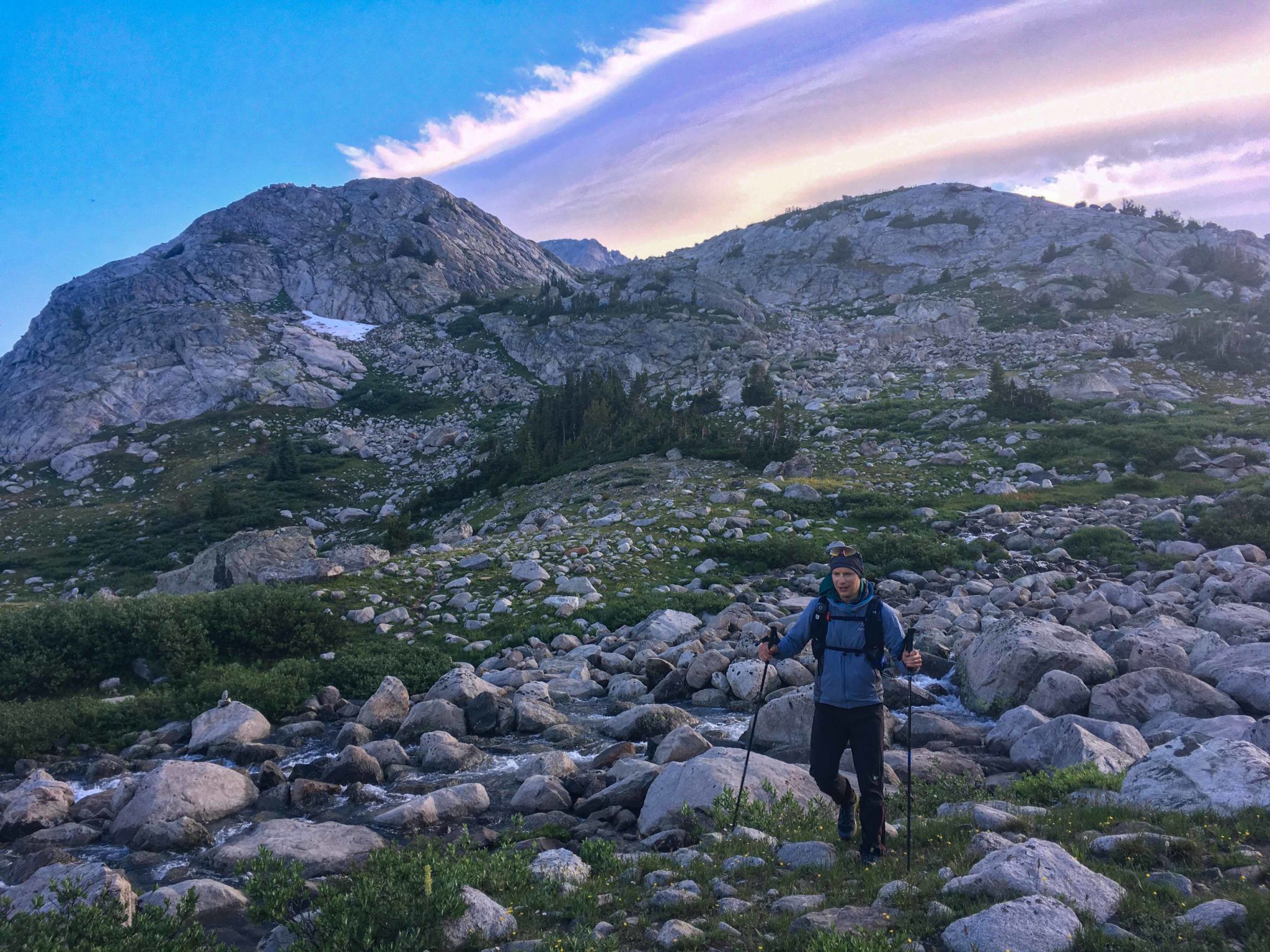
When I heard Gabe’s scream, every alarm bell in my brain went off. The pain searing his scream was unmistakable and instantly my stomach knotted with nausea. Something was wrong, very wrong. Up to that moment I had been in awe of the alpine splendor of the cirque we were navigating, now the surrounding crown of peaks felt like a prison. Gabe had disappeared, swallowed by the mobile home-sized boulders that lie in every direction. After a flash of panic my resolve steeled and I prepared for the worst. I had no idea what I was going to encounter when I found Gabe – if, I found Gabe. But first, I had to find him.
The two of us had been side-by-side just moments before. We were descending a massive boulder field in the heart of Wyoming’s remote and wild Wind River Range. We were attempting the Wind River High Route, a 98-mile route along the crest of the range. With over 60 miles off trail travel, two 13,000’ summits, and a multitude of 12,000’ passes, there was little room for error in our planned 48-hour single push.
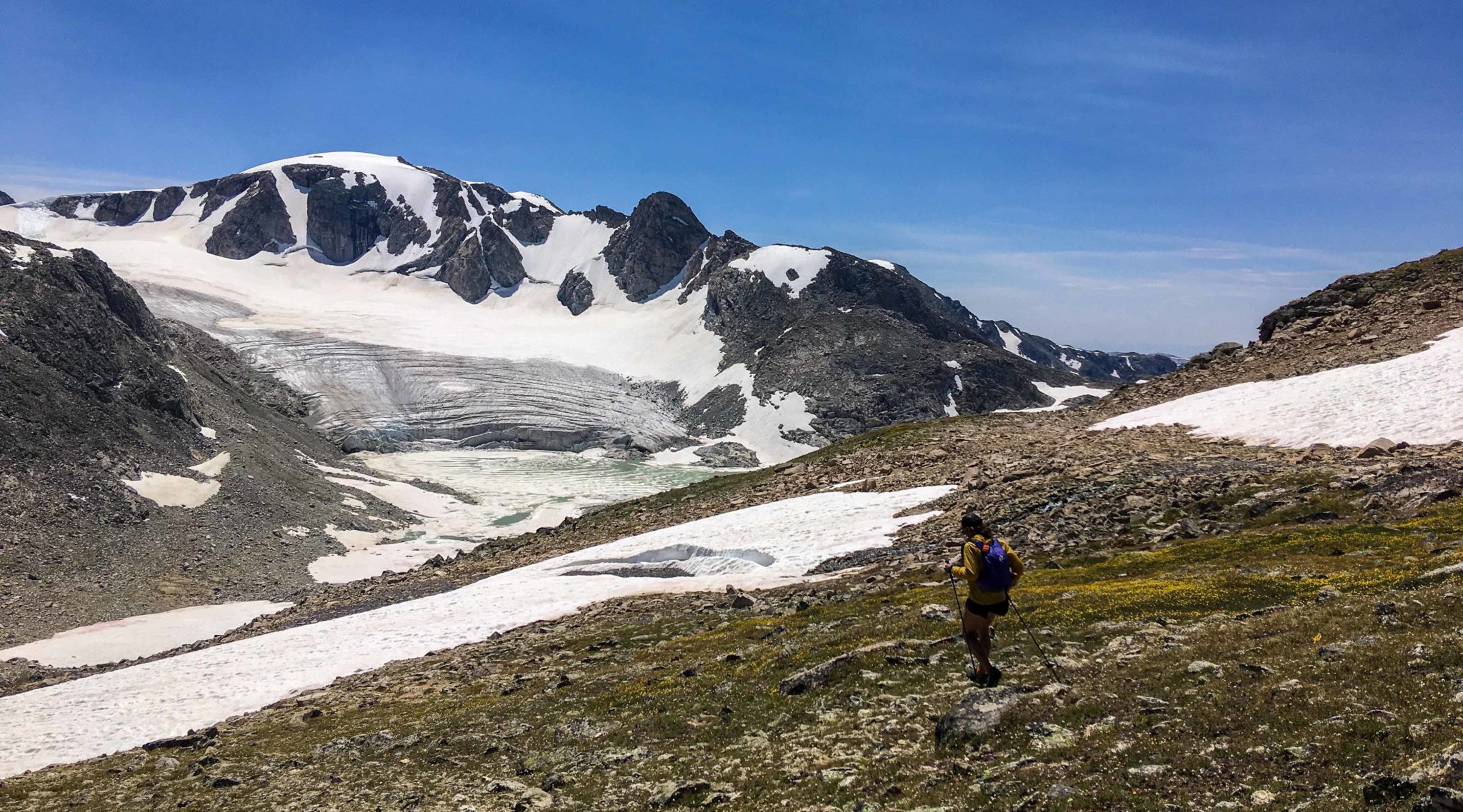
We had just been chatting about how the route was so gnarly and unforgiving, it would be impossible without the aid of trekking poles. We hopped massive gaps between equally massive boulders. Realizing we moved faster on snow, we separated, exploring two different tongues of snow reaching up from the valley into the boulder field. With any luck, one would prove to be safe to travel down and speed our descent. When Gabe disappeared, we were many miles from the nearest hint of trail. The feeling of isolation was overwhelming.
After several time bending minutes of searching, I found Gabe pulling himself out of a hole between several boulders the size of minivans. While searching for him my mind had instinctively reviewed the hundreds of hours of first aid training I’d received over the years. From Boy Scouts to wilderness first aid on a NOLS course in that very mountain range to a wilderness first responder course in college. Gabe shared similar training and our mutual background in wilderness medicine was a critical element to our partnership. We would never have considered such a daunting, committing route as the Wind River High Route without a solid ability to respond to the risk exposure the route presented. We knew the margin for error was exceptionally low and the consequence of an injury or accident was very high. Our training in wilderness medicine and emergency response empowered us to realistically assess the gravity of potential injuries and determine if the route was feasible. Armed with the knowledge that we could help one another out if shit hit the fan, we decided to chase the speed record on the route. And as luck would have it, shit did indeed hit the fan.
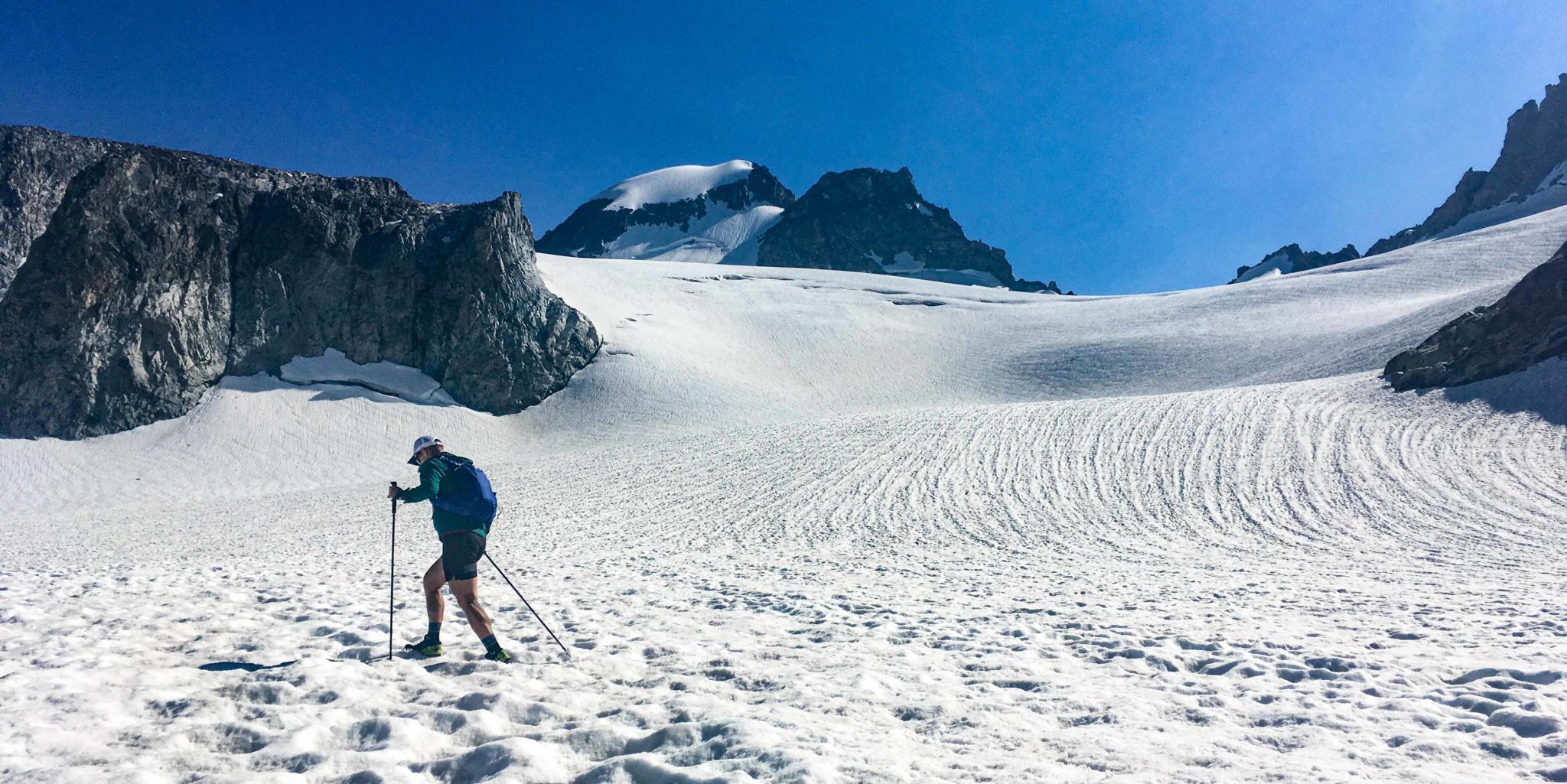
As I helped Gabe up out from the rocks he moaned and held his chest. He had jumped from a boulder onto a patch of snow and the impact of the landing had punched a deep hole in the ice and snow. He had been leaning forward and In doing so, he landed straight on his ribs. He was alive, but in visible pain. Gabe groaned and said, “on the bright side, I didn’t hear anything break…but I also didn’t hear this break” – a snapped trekking pole dangled from his hand. I breathed a sigh of relief that I didn’t have to deal with a broken femur poking out of his leg and blood squirting everywhere, which I had expected to find.
I looked at the pole Gabe was holding. Then I looked up. And around. We were 15 hours into our push, part way off a pass, in the most remote part of one of the most remote mountain ranges in the lower 48. We had just traveled around 20 heinous and grueling off-trail miles. Most of those miles had been on suncupped snow and long boulder fields. Whether or not Gabe had a broken rib, he was clearly not well. Thankfully, he could still move. Neither of us knew what the correct decision was, but we knew that standing in a boulder field at 11,000 feet as night fell was not it. I handed Gabe one of my poles and we made our way painstakingly slowly to the lake below.
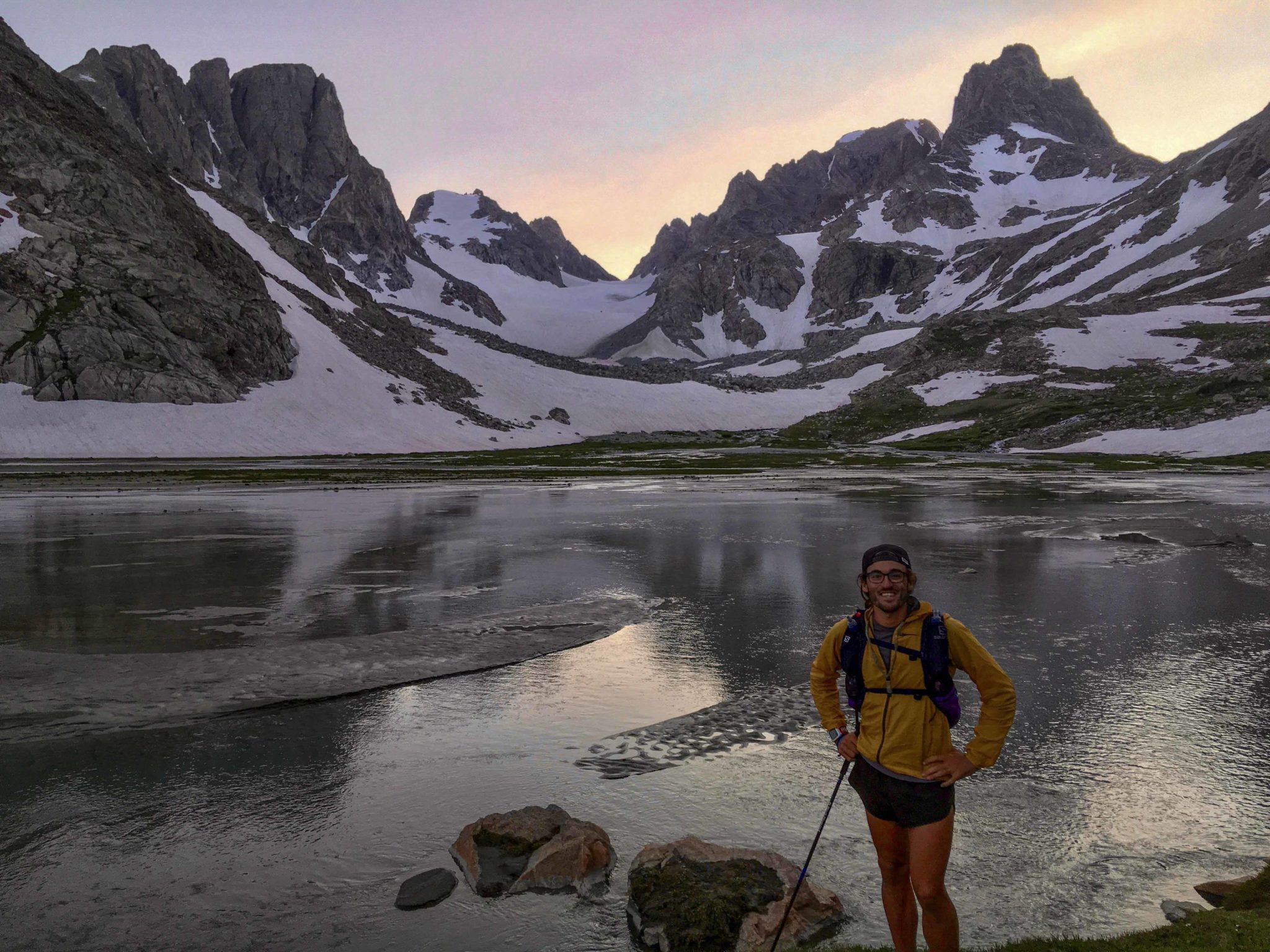
Upon reaching the lake, we sat for food and to collect ourselves. Gabe was injured, but could still move. Running and scrambling were painful, but walking was fine. We sat together, mosquito head nets obscuring our vision as hundreds of bloodthirsty monsters tried to make us a little bit more miserable. The route, were we to continue, would be 75 miles of high elevation off-trail wandering and rough singletrack. To cover that terrain in 30 hours, we needed to exclusively run and scramble. Even fully healthy, traversing the next section of frustrating bushwacks, snowy passes, and pumping rivers would be a tall order. Acknowledging the uncertainties and risks we would be in if we continued our push, we decided to bail.
Our decision put us on a whole new journey. Reaching the nearest trailhead would require another five miles of off trail travel over a glaciated 12,000 ft pass, followed by another 20 miles on trail. Our new goal of “let’s get out of here alive” consisted of thousands of feet of kicking steps into snow at 11,000 ft at midnight, multiple river crossings, a two-hour bivvy in near-freezing temps, and a massive amount of moans from Gabe. In the end we covered 54 miles over 32 hours of moving, but most importantly we made it home safe.
There is no denying how unbelievably lucky Gabe and I were to make it out of the Winds with nothing but a cracked rib. Our plan had been to go lighter and faster than anyone had ever gone on that route. We knew our chances of success were very small. We also knew that because we carried little more than food, some extra layers, and bivvy sacks, the amount of risk we were accepting was tremendous. Without a background in wilderness medicine, we would have never ventured off into the mountains. Our backgrounds made us more aware of the situations that could arise, and prepared us to act in the event that something tragic happened.
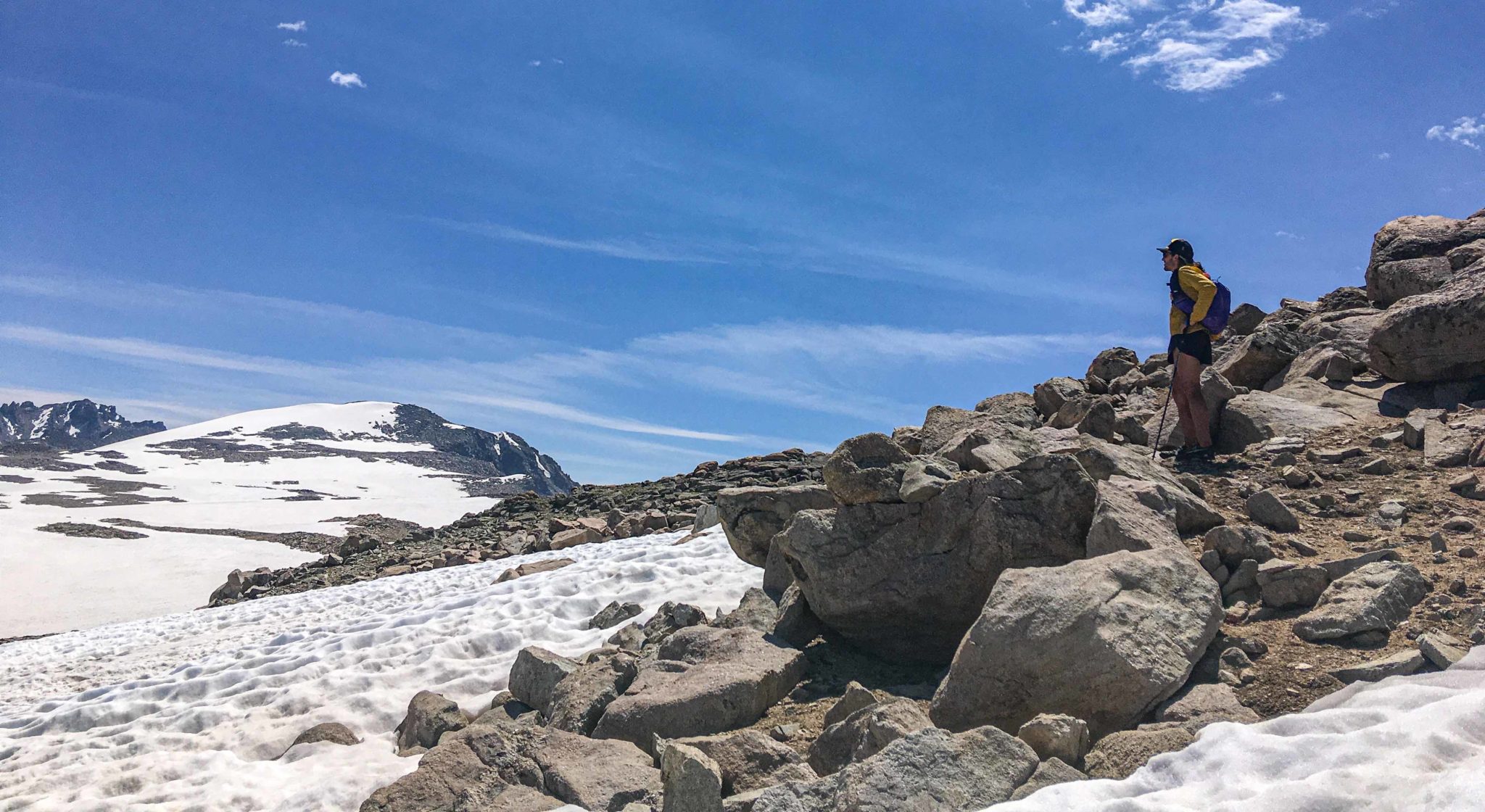
Receiving training in wilderness first aid is absolutely necessary for any trail runner or mountain adventurer. The situations faced in a wilderness setting differ vastly from those of our normal lives. My time on the Wind River High Route drove home this point. Before every mountain excursion, my mind races through potential injuries and what my response would be. A background in wilderness first aid not only allows you to respond during those “oh shit” moments, it also makes you check yourself before striking off at the trailhead. And most importantly, it allows us to help our friends and strangers in times of need. All of us inclined to time in wild places will eventually find ourselves needing to help someone, or receive help ourselves. As runners, we love going light and carrying less, but we should all think deeply about the risks we choose, the skills we have to respond with, and the gear we carry to keep ourselves and others safe.
When I think back to the Wind River High Route, the first thing I recall is not Gabe’s injury. Instead, it’s gazing down a wildflower meadow to watch a glacier calve into a lake at 11,000 ft. I remember wonderful, rambling conversations with a friend as we traverse the Gannet Glacier, the largest glacier in the Rocky Mountains. I reminisce on how hard I pushed myself while traveling through the most rugged, raw, and intimidating landscape I have ever encountered. Mountain travel is one of the most pure and gratifying pursuits I know. Developing all the mountain skills to make informed decisions about the risks and the rewards of our pursuits will sometimes mean that what’s safe will not always equate with success. But, in the mountains we play the long game. We do it for the love, for the challenge, to be with our people, and at the end of the day, the most important thing is that we all make it back to the trailhead.
Jeff Mogavero is a runner, writer, and river surfer who’s mountain ramblings bring levity, insight, and passion to our community. Read more of his words at https://www.jeffmogavero.com/
Looking to grow your Wilderness First Aid Skill Set?
Check out Aspire’s 3-day runner centric, Sucia Island WFA Course
